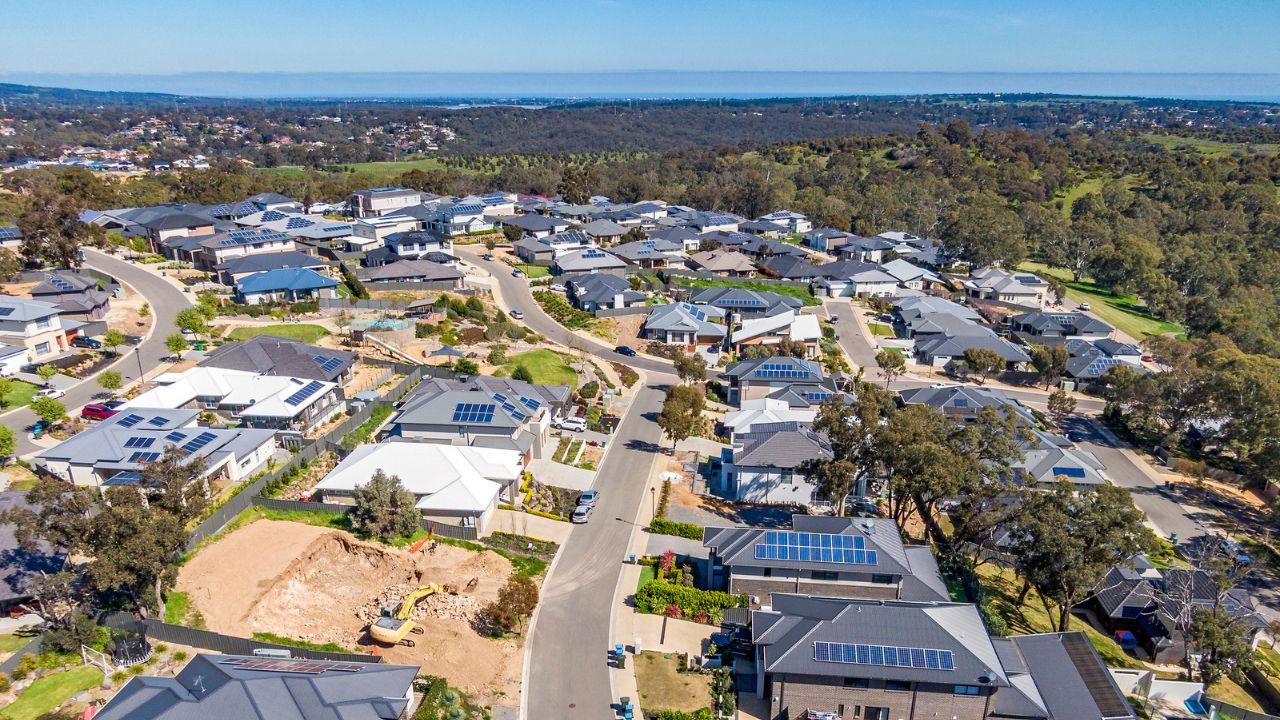The 2025 edition of the report, which examines 95 major housing markets across eight nations, found that Australian markets have a median multiple of 9.7, significantly higher than the international median of 5.1.
Sydney has maintained its position as one of the world’s most unaffordable housing markets, ranking as the second least affordable globally with a median multiple of 13.8.
But the report reveals a worrying change in Adelaide, long considered Australia’s affordable capital.
Adelaide now ranks as the second least affordable city in Australia, with an “impossibly unaffordable” median multiple of 10.9, making it the 90th least affordable market internationally.
“Adelaide – long regarded as Australia’s ‘affordable capital’ – is now the second least affordable city in the country, with housing costs rising far faster than local incomes,” Nerida Conisbee, Ray White Group Chief Economist, said.
Melbourne (9.7), Brisbane (9.3) and Perth (8.3) rounded out Australia’s major markets, all classified as severely or impossibly unaffordable.
“Surprisingly, Perth – where prices have risen rapidly over the past four years – is now the most affordable of the group, sitting at 8.3 times income,” Ms Conisbee said.
“High wages go some way to explaining why Perth remains relatively more affordable, although it is still well above the international benchmark of 3.0, which Demographia considers ‘affordable’.”
The report uses a “median multiple” to assess affordability, dividing the median house price by the median household income.
Markets are then categorised from “affordable” (3.0 and under) to “impossibly unaffordable” (9.0 and over).
Australia’s national median multiple of 9.7 is worse than Canada (5.4), the UK (5.6) or the US (4.8), making Australian housing less affordable than virtually any other high-income nation.
Wendell Cox, the report’s author, attributes the deterioration in housing affordability to urban containment policies that restrict urban expansion through measures like greenbelts and urban growth boundaries.
“For decades in the high-income world, a hallmark of a strong middle class was the widespread ability to own a home, house prices generally rose in line with household incomes,” Mr Cox said.
According to the report, these planning restrictions have created artificial land scarcity, driving up prices and making housing increasingly unaffordable for middle-income households.
However, Ms Conisbee said Australia’s situation is more complex.
“While limits on urban expansion play a role, local resistance to higher density is likely a more pressing constraint as is the desire of Australians for large homes.
“At the same time, a sharp rise in construction costs since the pandemic has made new projects harder to deliver, compounding the affordability challenge.”
Adelaide’s dramatic shift in affordability is particularly concerning.
“The report highlights a sharp turnaround for Adelaide. Just a few years ago, the city’s housing market was among the most accessible in the country,” Ms Conisbee said.
“But strong price growth has pushed affordability to record lows. Prices have risen by 9.1 per cent, outpacing both Melbourne and Sydney.”
The report said that as recently as the early 1990s, house prices were generally three times or less than household incomes in most markets across Australia, New Zealand, Canada, the US, the UK, and Ireland.
In contrast to Australia’s unaffordable markets, the most affordable major market internationally was Pittsburgh in the United States, with a median multiple of 3.2, followed by Cleveland (3.3) and St. Louis (3.5).
The affordability squeeze is unlikely to improve soon in Australia.
“September data show national house prices up 8.9 per cent over the year and on track to reach double-digit annual growth by December,” Ms Conisbee said.
“Any further Reserve Bank rate cuts will fuel stronger growth, while generous first-home buyer incentives are driving sharp gains at the cheaper end of the market.
“New housing supply continues to lag well behind target, with little improvement over the past year.”

